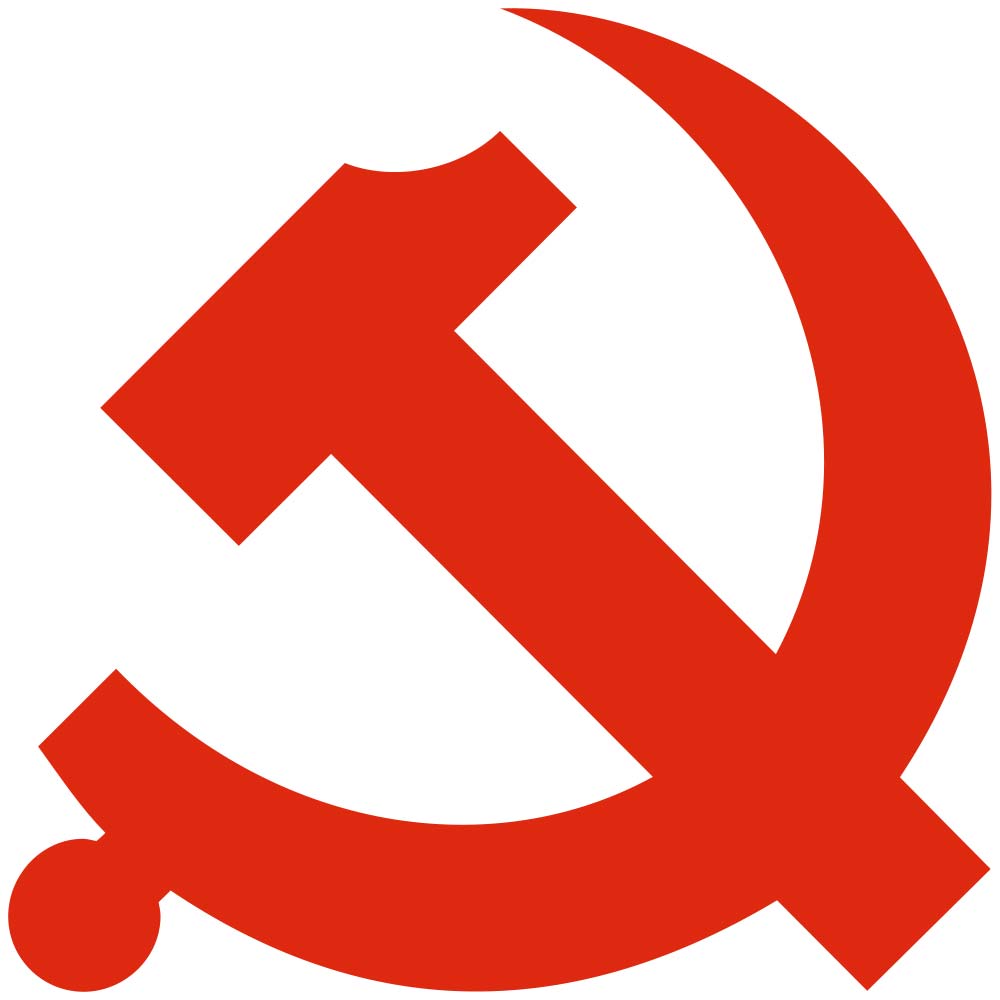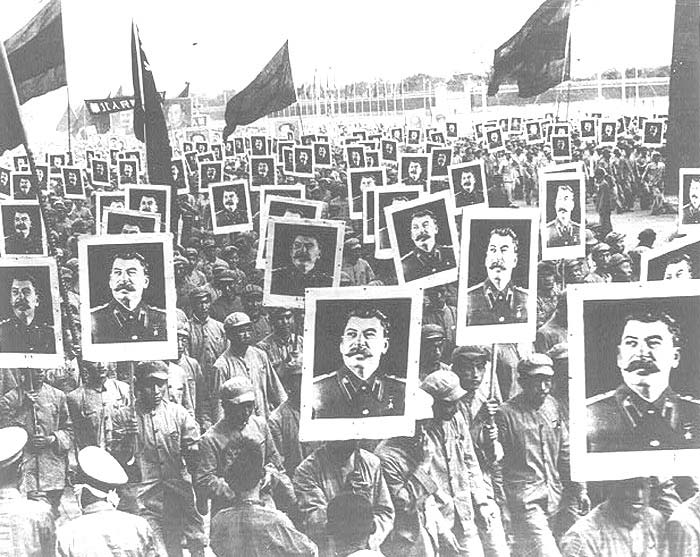 The CPC or Communist Party of China is the ruling political party of the PRC (People’s Republic of China). While it exists with the United Front, the CPC remains as the sole party in China. It has also maintained a unitary government and has centralized the military, media and the state. The national constitution guarantees the Communist Party’s power, although the Leninist roots of the party cause the CPC to stand above the law. At present, Xi Jinping is the existing party leader, and he is considered the general secretary of the central committee.
The CPC or Communist Party of China is the ruling political party of the PRC (People’s Republic of China). While it exists with the United Front, the CPC remains as the sole party in China. It has also maintained a unitary government and has centralized the military, media and the state. The national constitution guarantees the Communist Party’s power, although the Leninist roots of the party cause the CPC to stand above the law. At present, Xi Jinping is the existing party leader, and he is considered the general secretary of the central committee.
The Early Communist Party of China
Since the party has become an institution of the state, it has certain unrecognized factions such as the neoliberal and consumerist figures, which include the business people who support the country’s capitalist development. There are also factions on the left, who oppose the right in the CPC.
 It was in July 1921 when the CPC was founded, in Shanghai, China. After a lengthy historical war, the party defeated the KMT that served as their primary rival. Afterwards, the CPC assumed total control of the mainland China, in 1949. Eventually, the KMT retreated to Taiwan, and it still remains there even at present.
It was in July 1921 when the CPC was founded, in Shanghai, China. After a lengthy historical war, the party defeated the KMT that served as their primary rival. Afterwards, the CPC assumed total control of the mainland China, in 1949. Eventually, the KMT retreated to Taiwan, and it still remains there even at present.
Before and after the establishment of the People’s Republic of China, the long history of the CPC is defined by endless ideological battles and power struggles. These battles included the Cultural Revolution, which was an immensely destructive and chaotic socio-political movement. Initially a conventional member of the Communist movement, the party has separated with its Soviet Union counterpart due to ideological differences. Hence, the party’s ideology was restructured by Deng Xiaoping, and he incorporated the principles of market economics, which enabled the rapid and consistent economic growth of the country.
 The party is considered as the largest political party in the world, and it claims more than 80 million members during the last quarter of 2010. Moreover, the number of members constitutes at least 6 percent of the overall population of China. A huge percentage of civil and military officials are also members of the CPC.
The party is considered as the largest political party in the world, and it claims more than 80 million members during the last quarter of 2010. Moreover, the number of members constitutes at least 6 percent of the overall population of China. A huge percentage of civil and military officials are also members of the CPC.
Since 1978, the party has aimed to institutionalize the transition of power, as well as the consolidation of the internal structure. In addition, the modern party attempts to ensure unity in the country and avoidance of public conflict while maintaining the practice of open democratic and pragmatic centralism within the structure of the party.
A National Congress is held every five years, and it serves two main functions. The Congress is responsible for approving changes to the party’s constitution and elects the central committee. Before the Party Congress, the Politburo and Central Committee are determined, and the congress announces the policies and vision of the party in the coming years.
The CPC’s Political Power
The main focus of the CPC’s power is the Politburo Standing Committee. Moreover, the process of determining the committee members and Politburo members is carried out in a process that is in lieu with the National Congress. Afterwards, People’s Daily (the party’s official newspaper) announces the new power structure by positioning the portraits of the different officials.
There are other key focuses of political power in the PRC, which includes the People’s Liberation Army (PLA) and the formal government. The main bodies of the party that oversee the PLA include the general political departments and the central military commission. Aside from the decision-making roles, there are advisory committees that include the consultative conference. However, the death of the leaders in the central advisory commission has abolished the committee that was founded by Deng Xiaoping.
Factions of the CPC
Political analysts have determined two groups in the Communist Party, which include the elitist and populist coalitions. The Elitist or Shanghai clique consisted of officials that have come from the more progressive provinces in China. However, the populists, or tuanpai, includes officials from the rural areas of the country. There were also minor informal groups such as the Qinghua clique and “Crown Prince” party of officials that benefited from neopotism.
The interaction that existed between these factions is complementary with each other. Moreover, both factions possess a certain expertise and commitment to the rule of the Communist Party. With this “two factions in one party” model, the party’s head aims to prevent any labeling of the two groups with ideological terms. Neither group is also entitled to dominate the other entirely.
Membership to the Chinese Communist Party
Initially, the party only consisted of a few members, but the size grew through the 1920s. In 1921, there were 12 voting delegates that were designated at the first National Congress. By 1923, there were 420 members that were represented by a total of 30 delegates. The number of members continues to grow, and by 1927, about 57,968 members were represented by 80 voting delegates in the party.
On October 3, 1968, the 6th Congress has 84 and 34 delegates, and there were about 40,000 members. After the party’s success over the Nationalists, the participation at the National Party Congress has become less representative. There were also subsequent congresses that caused the number of participants to decrease, although the membership continues to grow to over 60 million by the year 2000.
Influences on the Communist Party of China
The party has its origins in the historical May Fourth Movement of 1919, when certain political systems such as communism and anarchism gained power among Chinese intellectuals and analysts. Stalin opposed the communist party because he aimed to expand the Soviet Union’s influence in the province. Furthermore, the ideologies of the CPC have evolved ever since it was established and gained political power in 1949.
Mao Zedong’s revolution, which helped in forming the PRC, was based on the theories of Marx and Lenin. It also had a main focus on China’s social situation. With Mao’s intellectual vision, a more powerful branch of communist ideals were established which opposed the Marxist revisionism of the Soviet Union. The death of Mao Zedong in 1976 brought about a new move towards Chinese economic reform under the leadership of Deng Xiaoping. He developed a new concept that was focused on a revised socialist market model and economic success, which was included in the 1997 Party constitution known as the Deng Xiaoping Theory.